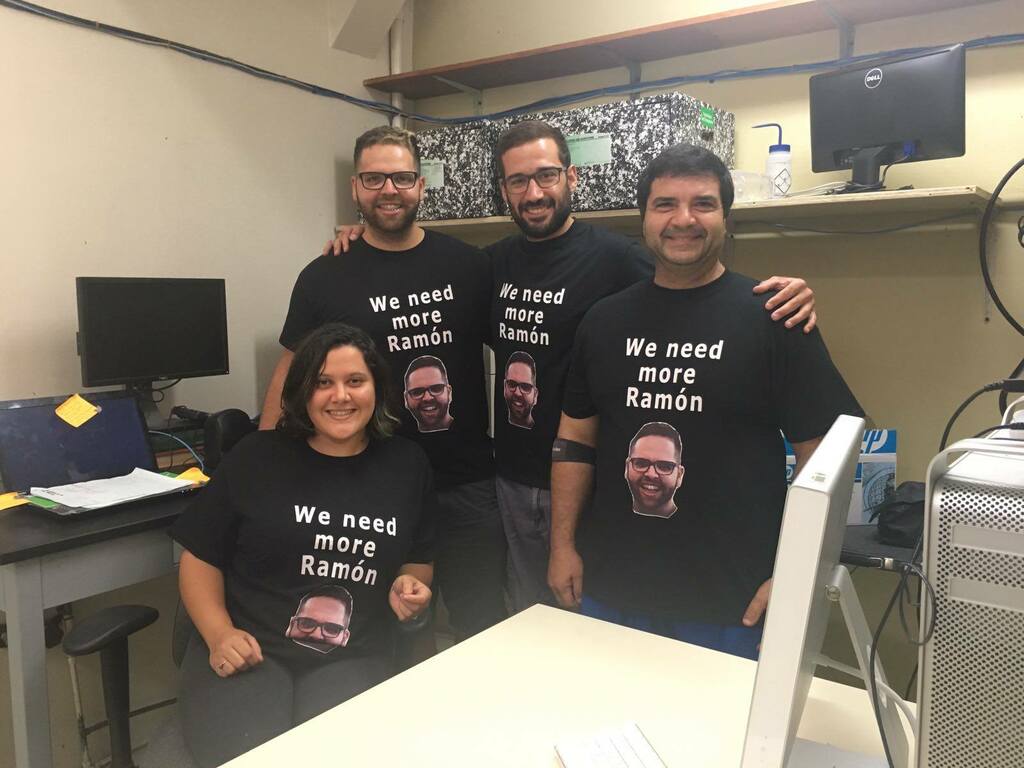Behind the science:
Population connectivity of the plating coral Agaricia lamarcki from...
2018, March 18
Posted by Veronica Radice
Fields
Connectivity
Molecular ecology
Focusgroups
Scleractinia (Hard Corals)
Locations
Puerto Rico
Platforms
SCUBA (open-circuit or unspecified)
“Estimating population connectivity of mesophotic coral Agaricia lamarcki from Puerto Rico”
What was the most challenging aspect of your study (can be anything from field, lab to analysis)?
The most challenging aspect of this study was the bioinformatics and handling high throughput data. The learning curve associated with utilizing Linux driven programs was substantial, and led to many long nights in lab and iterations of running the same programs to obtain the desired analyses.
What was the most memorable moment in undertaking this study?
Certainly, the diving on the shelf edge in La Parguera and Guánica, Puerto Rico was the most fun and memorable experience. The proximity of mesophotic habitats to the University of Puerto Rico at Mayagüez, Department of Marine Sciences makes these kinds of trips easy to happen. For that matter, the many types of marine habitats within a half hours’ boat ride of the research station is truly remarkable.
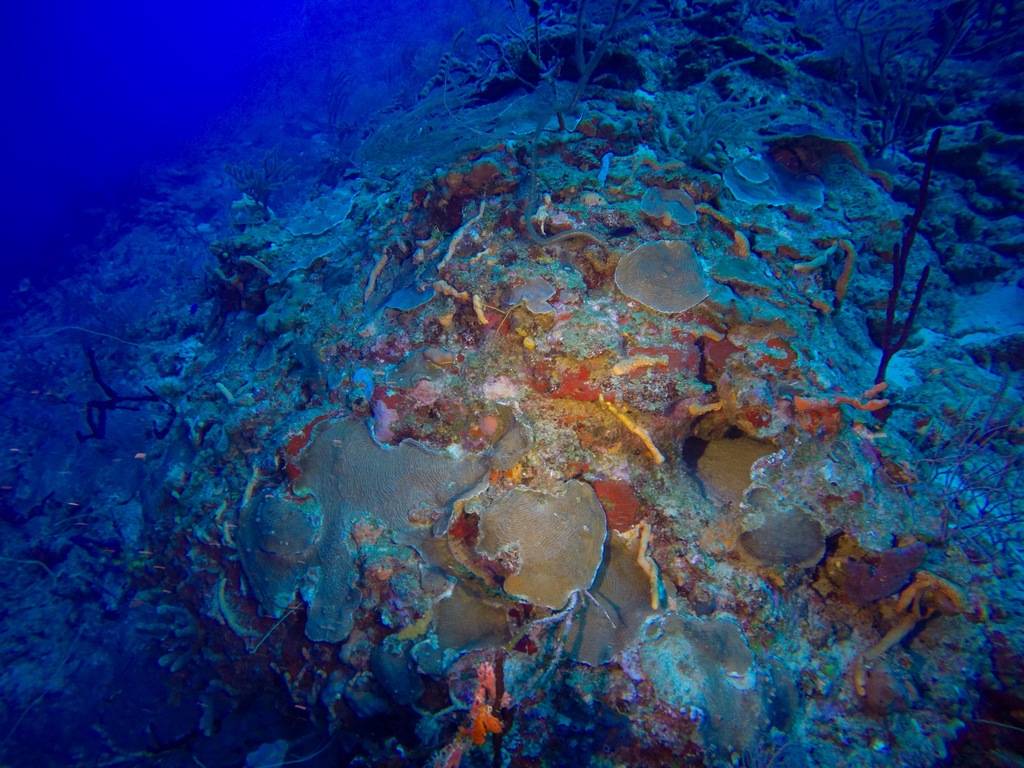 Colonies of Agaricia spp. at 45 m depth
(C) Nick Hammerman
[CC BY-NC 4.0]
Colonies of Agaricia spp. at 45 m depth
(C) Nick Hammerman
[CC BY-NC 4.0]
What was your favorite research site in this study and why?
My favourite research site was the Guánica shelf edge. There, water visibility is generally very good and the wall is adorned with a multitude of corals, sponges and roving fish. Each time I dove there I would typically see hawksbill turtles, nurse and Caribbean reef sharks and many species of grouper and snapper. Combined with the relative health of the benthos and complexity of the bathymetry, every dive there was astonishing.
Other than your co-authors, with whom would you like to share credit for this work?
For sure all the co-authors helped me substantially progress not just with this project but also as a scientist. However, the bioinformatics workshop I attended in Leipzig, Germany (Programming for Evolutionary Biology), helped me get a handle of how to become familiar with the Linux environment and implement programs needed to analyse RAD-Seq data sets. I also would like to credit Dr. Pim Bongaerts for providing key mentorship on how to visualize and prepare my data set for publication, as well as Dr. Christian Voolstra for providing unpublished genomes of Symbiodinium to identify and remove possible contaminants from the data.
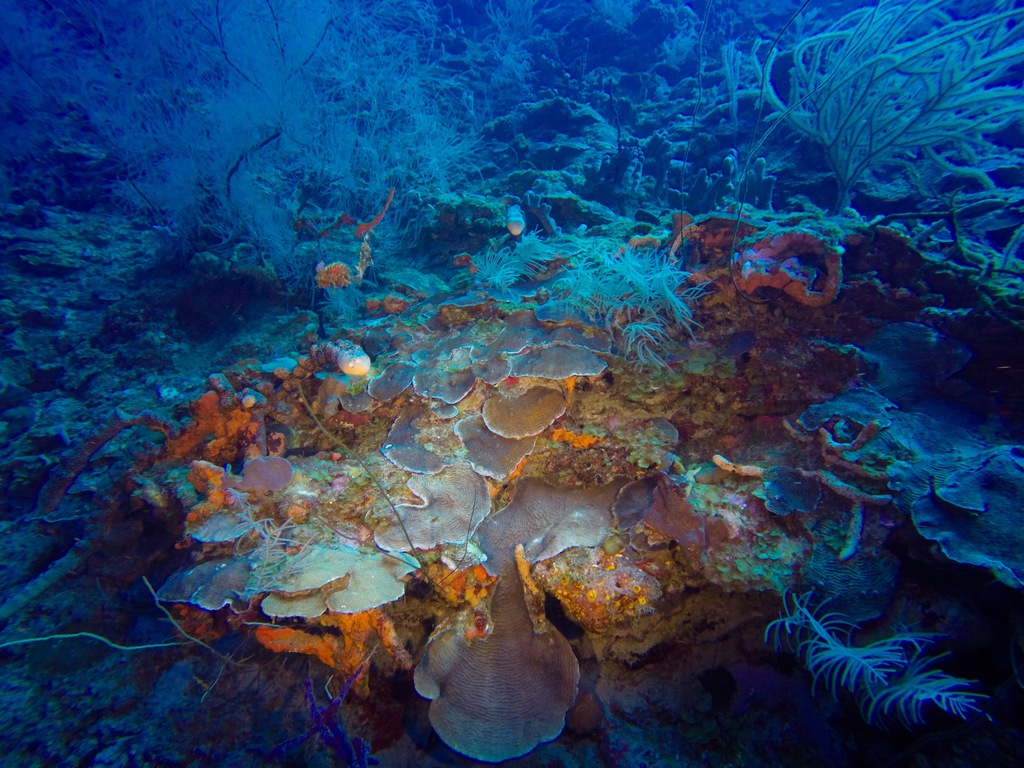 Mesophotic reef with plenty Agaricia spp. colonies at depth
(C) Nick Hammerman
[CC BY-NC 4.0]
Mesophotic reef with plenty Agaricia spp. colonies at depth
(C) Nick Hammerman
[CC BY-NC 4.0]
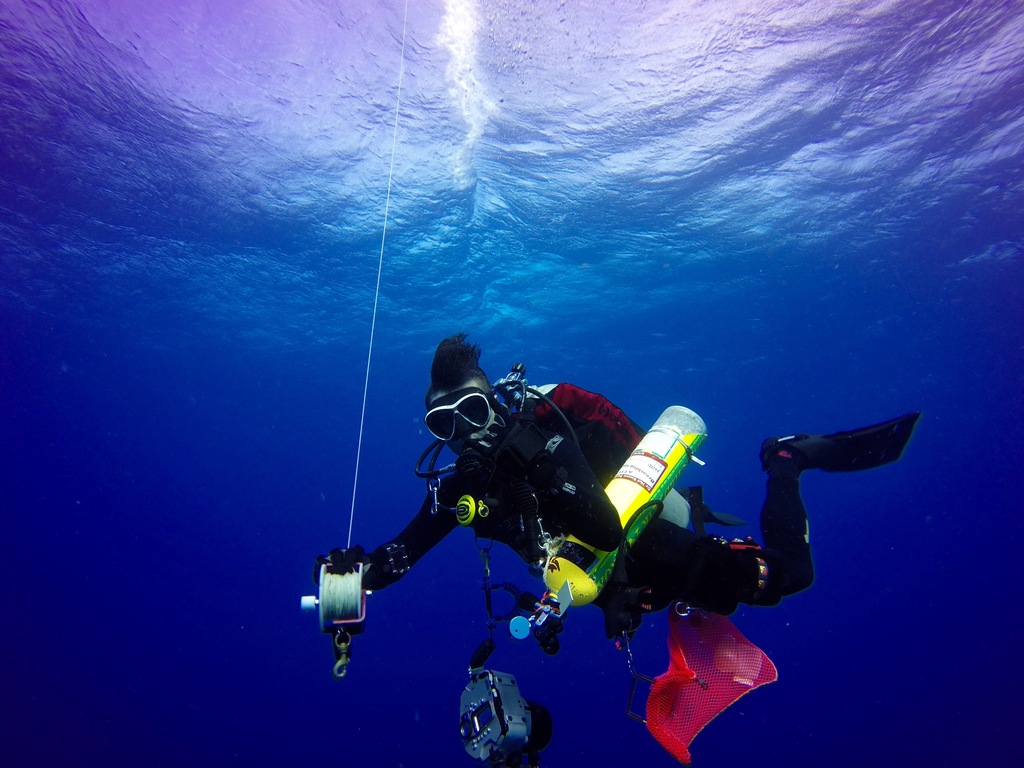 Fellow tech diver, Jaaziel Garcia Hernandez descending to sample mesophotic reefs
(C) Nick Hammerman
[CC BY-NC 4.0]
Fellow tech diver, Jaaziel Garcia Hernandez descending to sample mesophotic reefs
(C) Nick Hammerman
[CC BY-NC 4.0]
Any important lessons learned (through mistakes, experience or methodological advances)?
Yes, many! The key take away here is RAD-Seq requires high quality DNA templates. Problems with DNA extraction will cause many cascade effects which will greatly hinder downstream analyses. Phenol-chloroform DNA extractions are optimal for coral and especially for obtaining high volume and quality DNA for Cnidaria.
Can we expect any follow-up on this work?
Many on-going investigations are still being implemented as part of a larger project on Mesophotic reefs of Puerto Rico, funded mainly by NOAA, Seagrant PR and National Geographic. These projects are all in varying levels of completion but mostly pertain to population genomics of coral-associated invertebrates, geomorphology, bedload dynamics, documenting algal, fish and other benthic fauna within mesophotic and adjacent shallow water habitats. In addition, Dr. Schizas and fellow DMS colleagues had a NSF-RAPID proposal funded for observing disturbances on mesophotic reefs following Hurricane Maria.
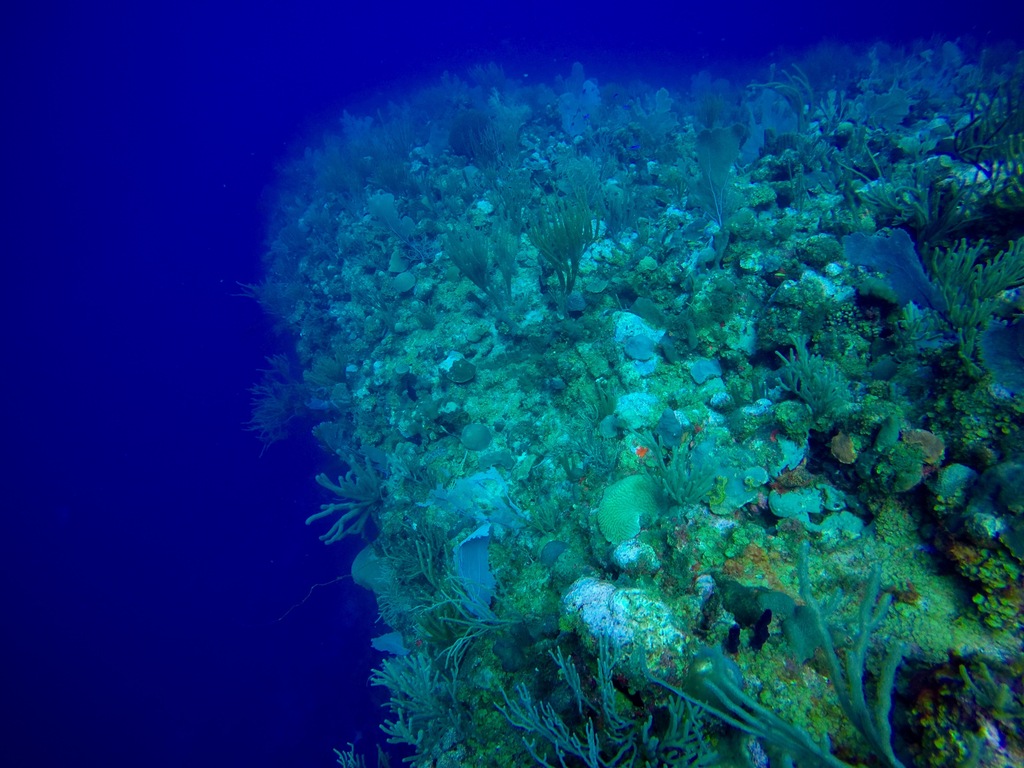 A sheer drop-off on the shelf edge (La Parguera)
(C) Nick Hammerman
[CC BY-NC 4.0]
A sheer drop-off on the shelf edge (La Parguera)
(C) Nick Hammerman
[CC BY-NC 4.0]
 Nick Hammerman descending to sample mesophotic reefs in Puerto Rico
(C) Jaaziel Garcia-Hernandez
[CC BY-NC 4.0]
Nick Hammerman descending to sample mesophotic reefs in Puerto Rico
(C) Jaaziel Garcia-Hernandez
[CC BY-NC 4.0]
Featured article:
|
|
Population connectivity of the plating coral Agaricia lamarcki from southwest Puerto Rico | article Hammerman NM, Rivera-Vicens RE, Galaska MP, Weil E, Appeldoorn RS, Alfaro M, Schizas NV (2018) Coral Reefs 37:183-191 |
|

